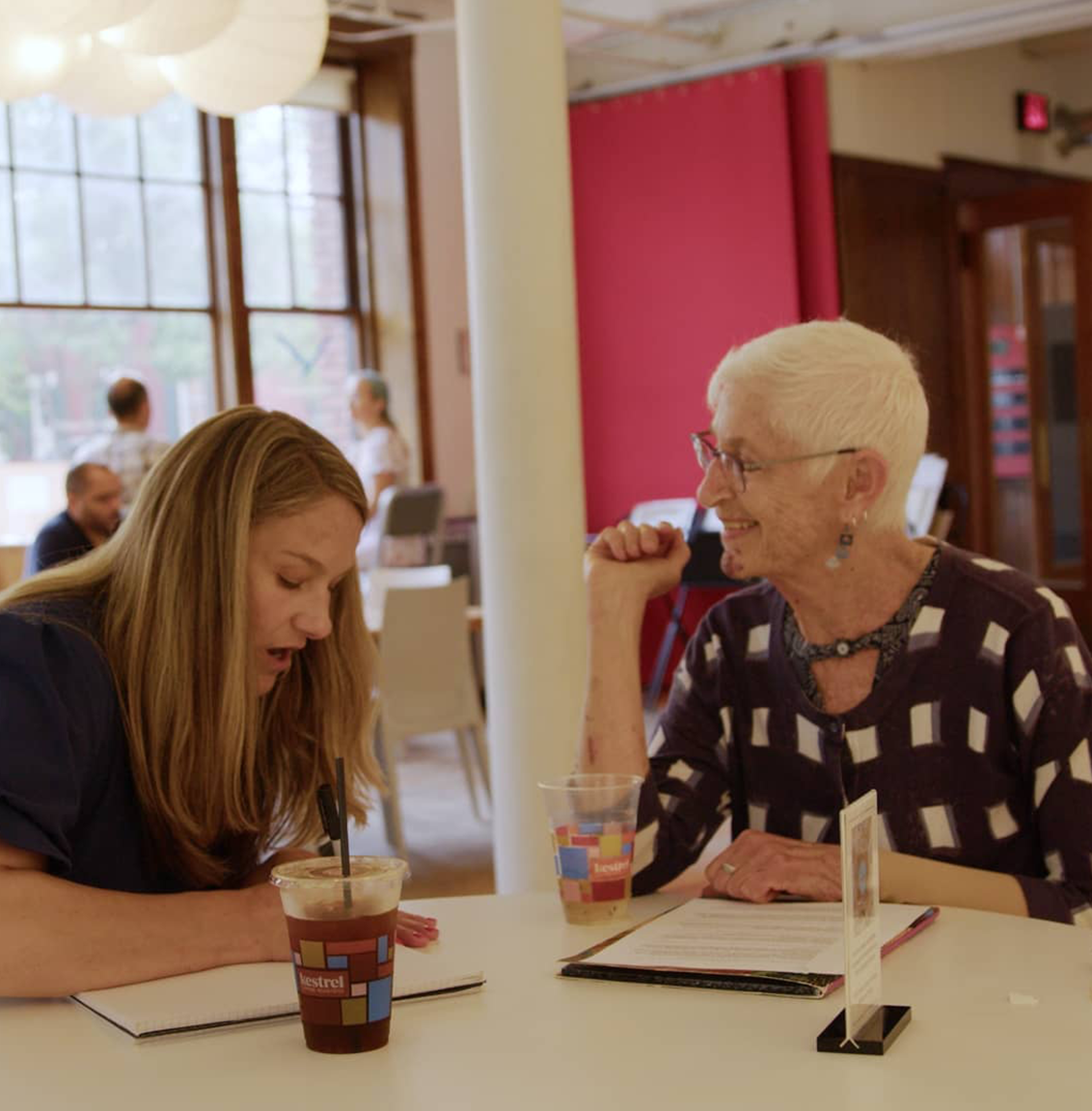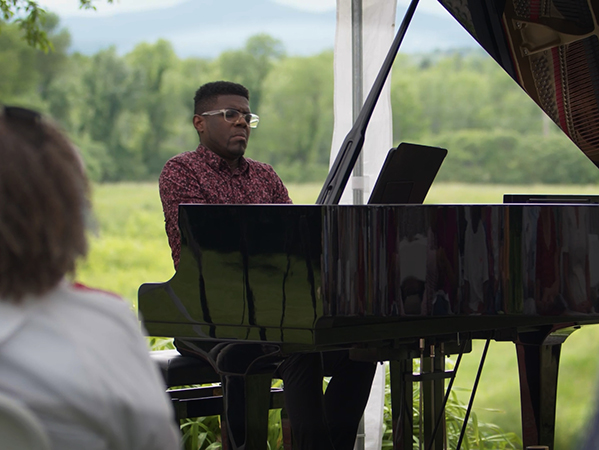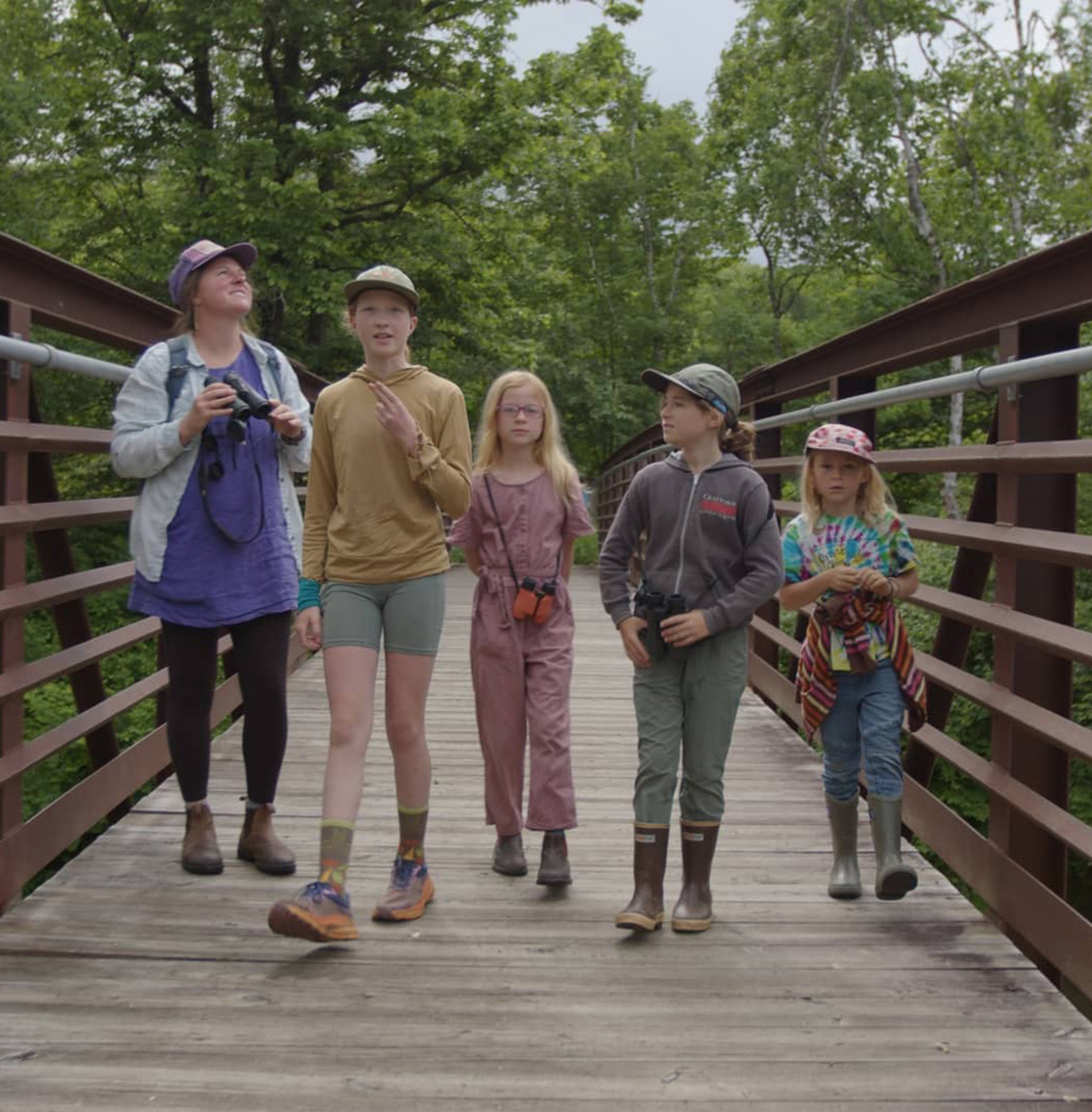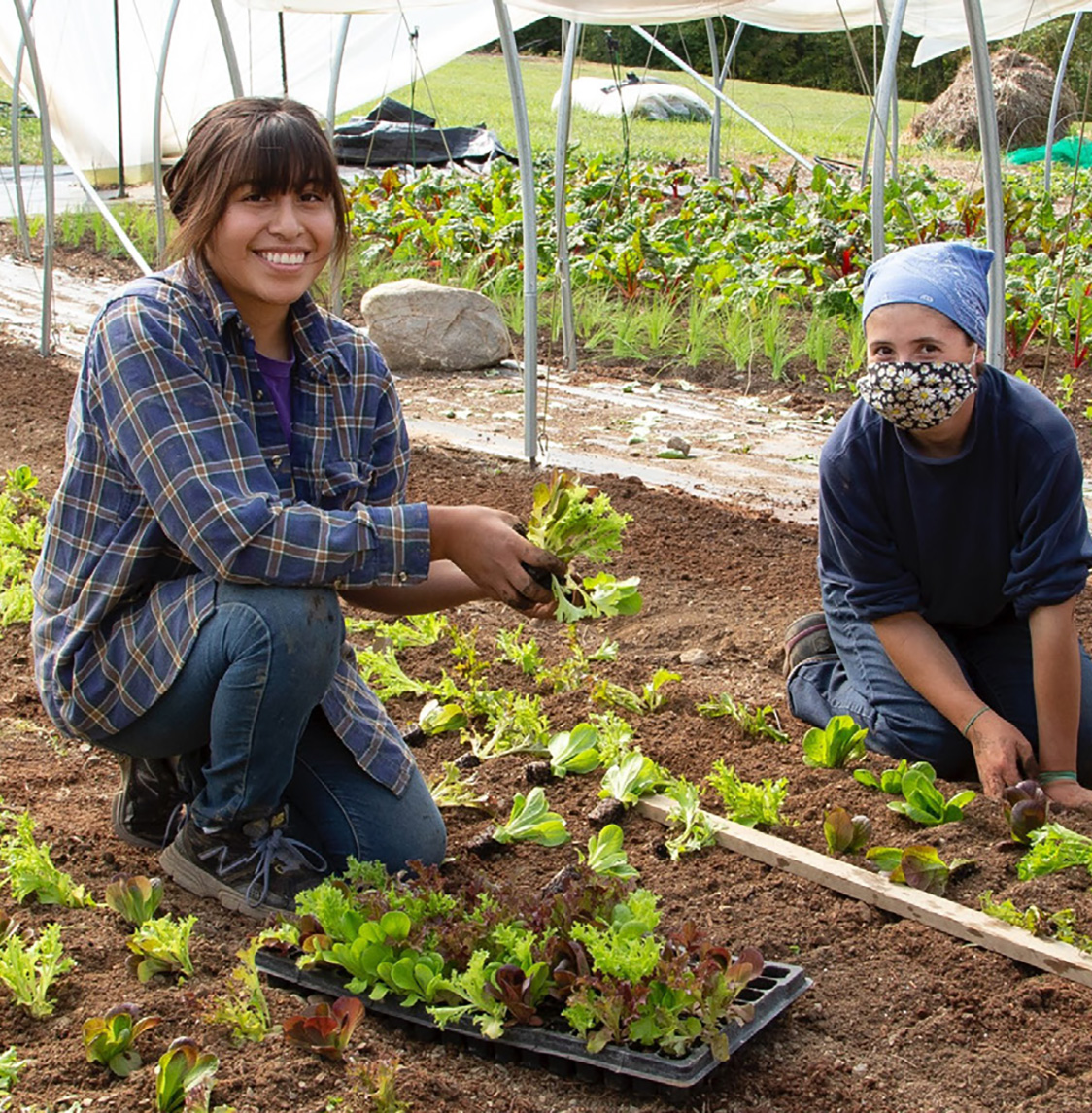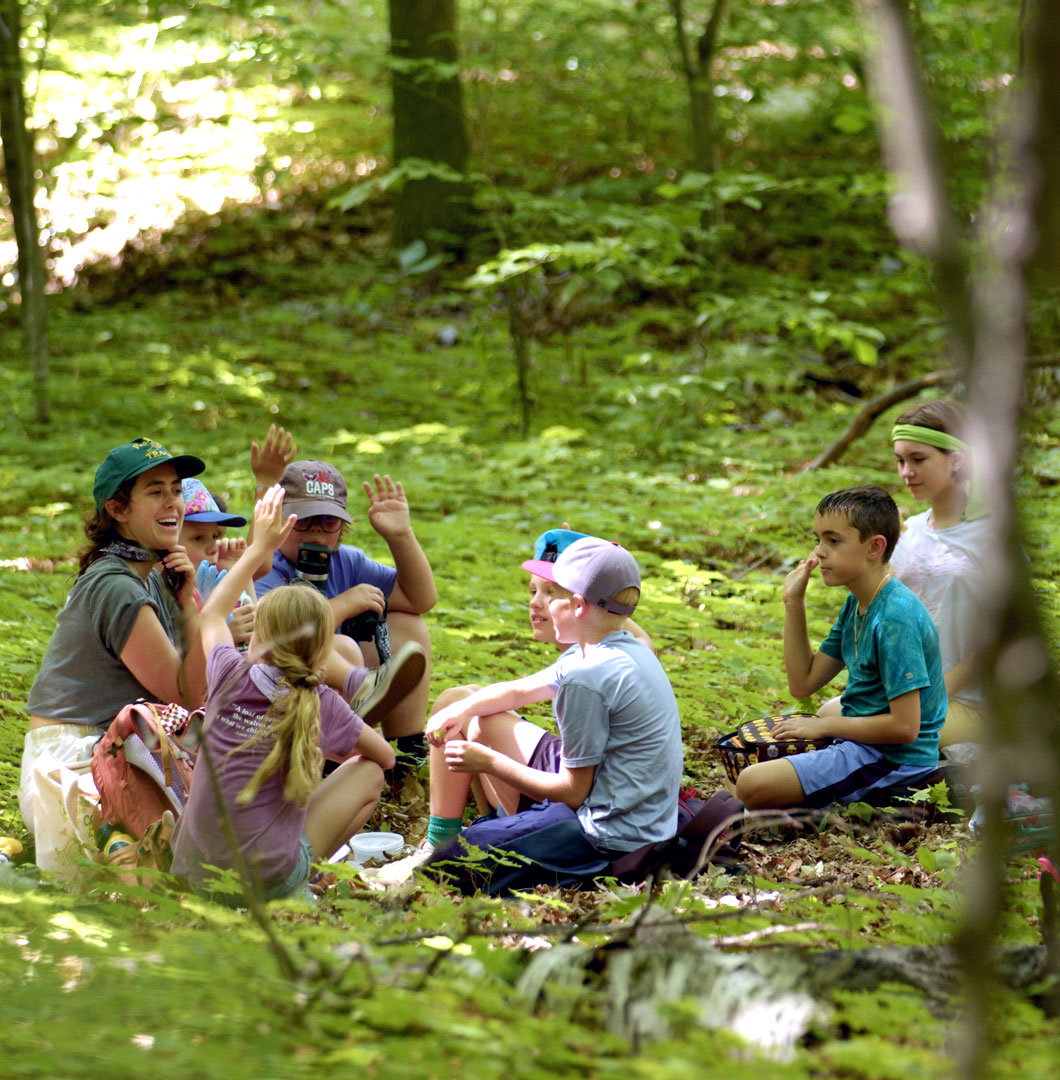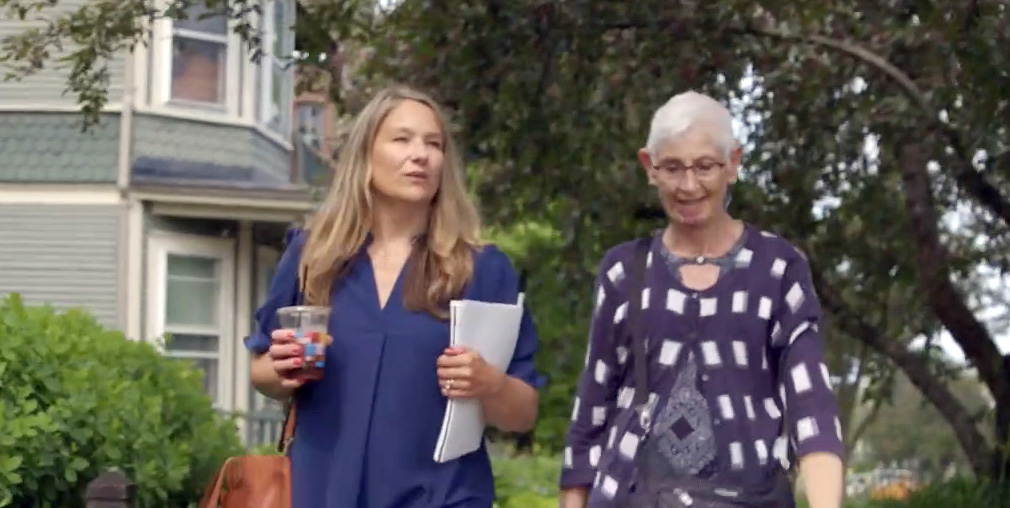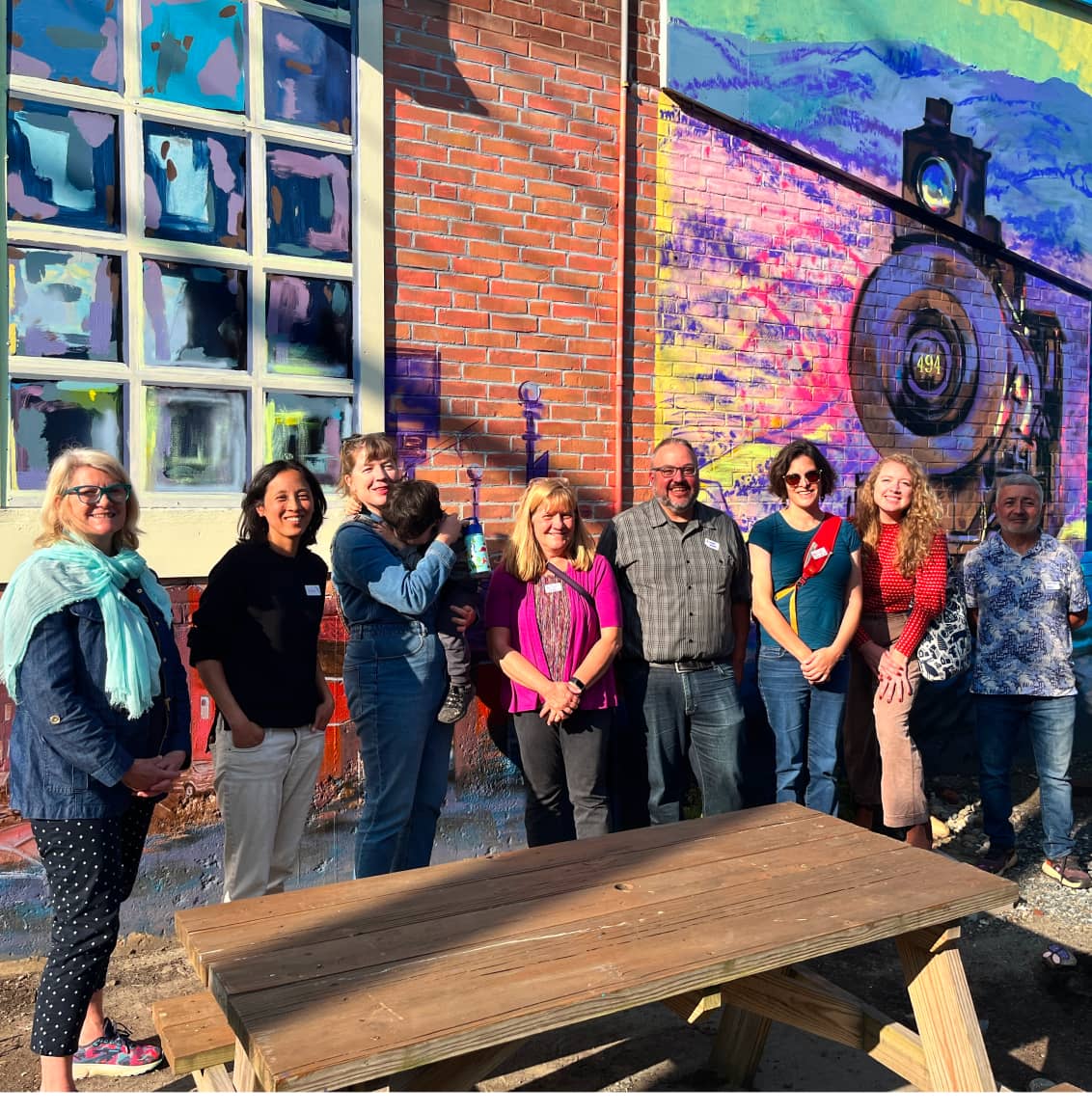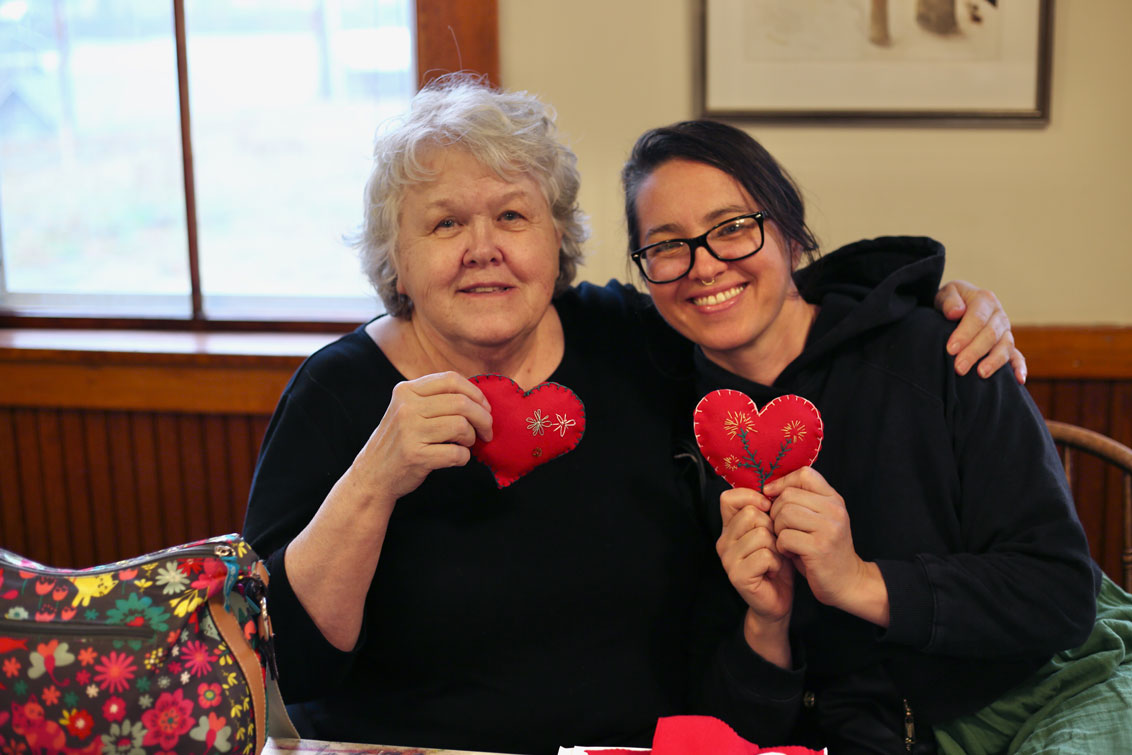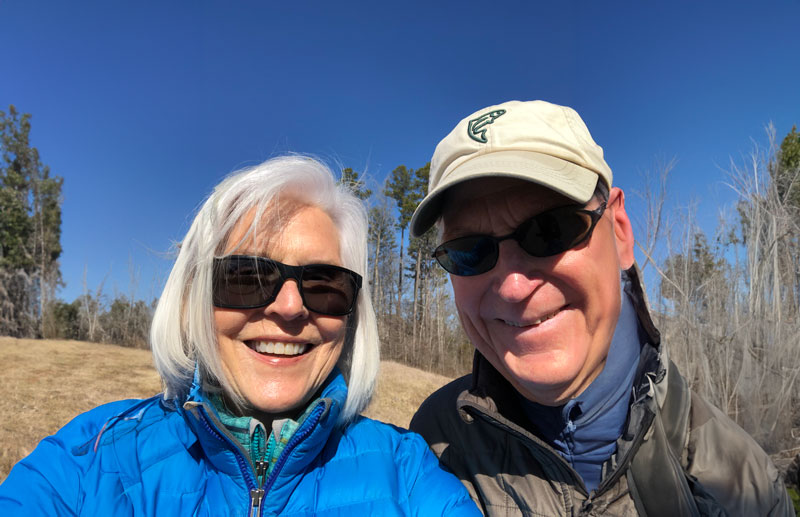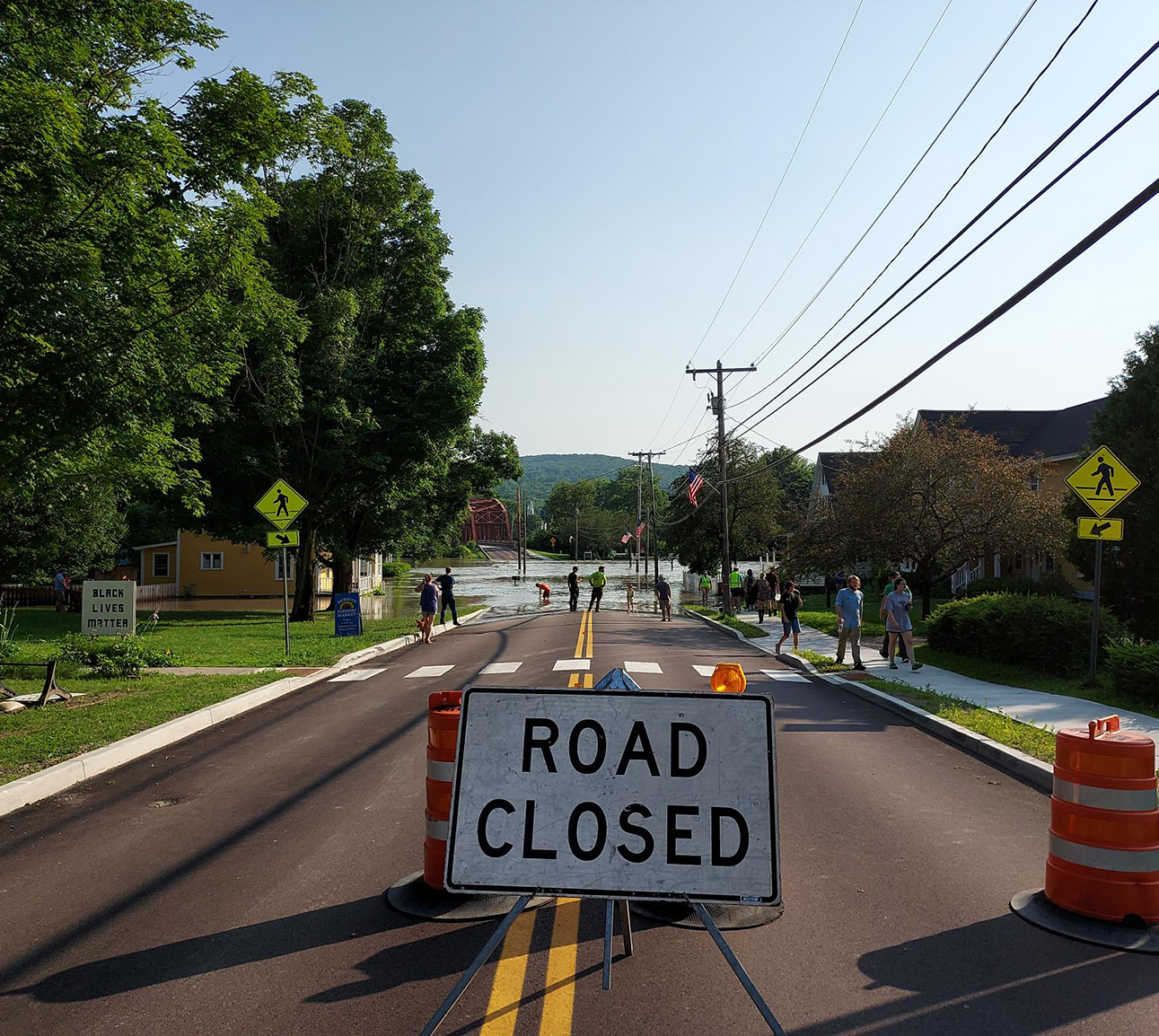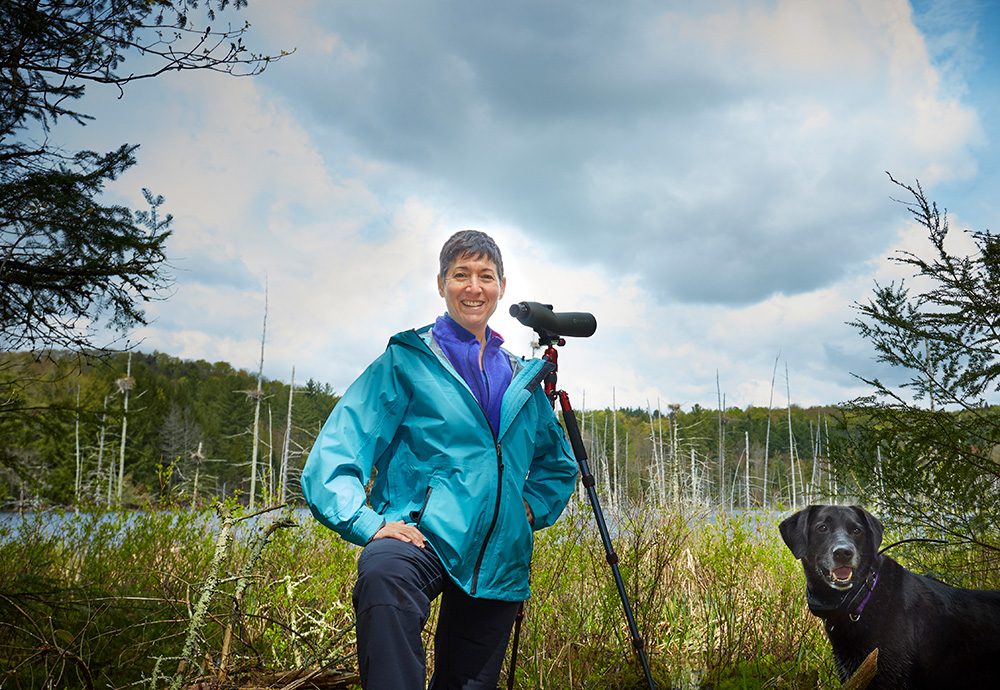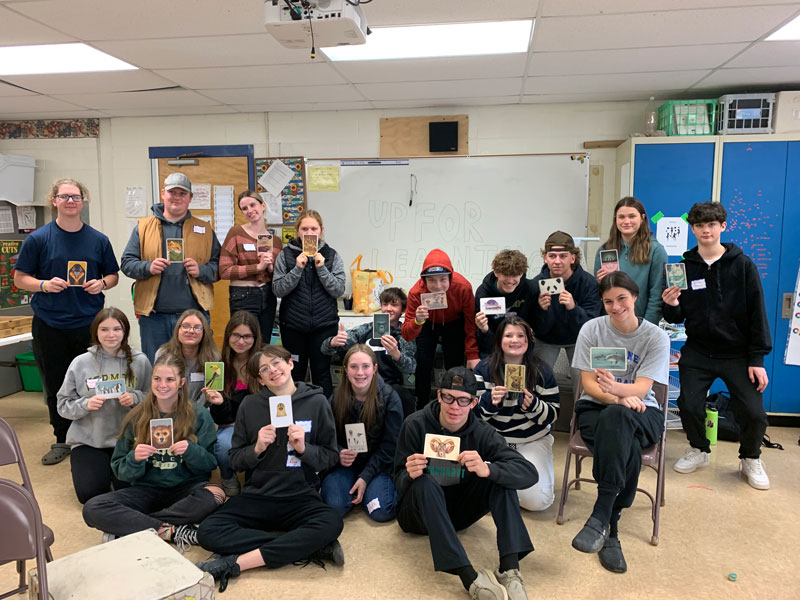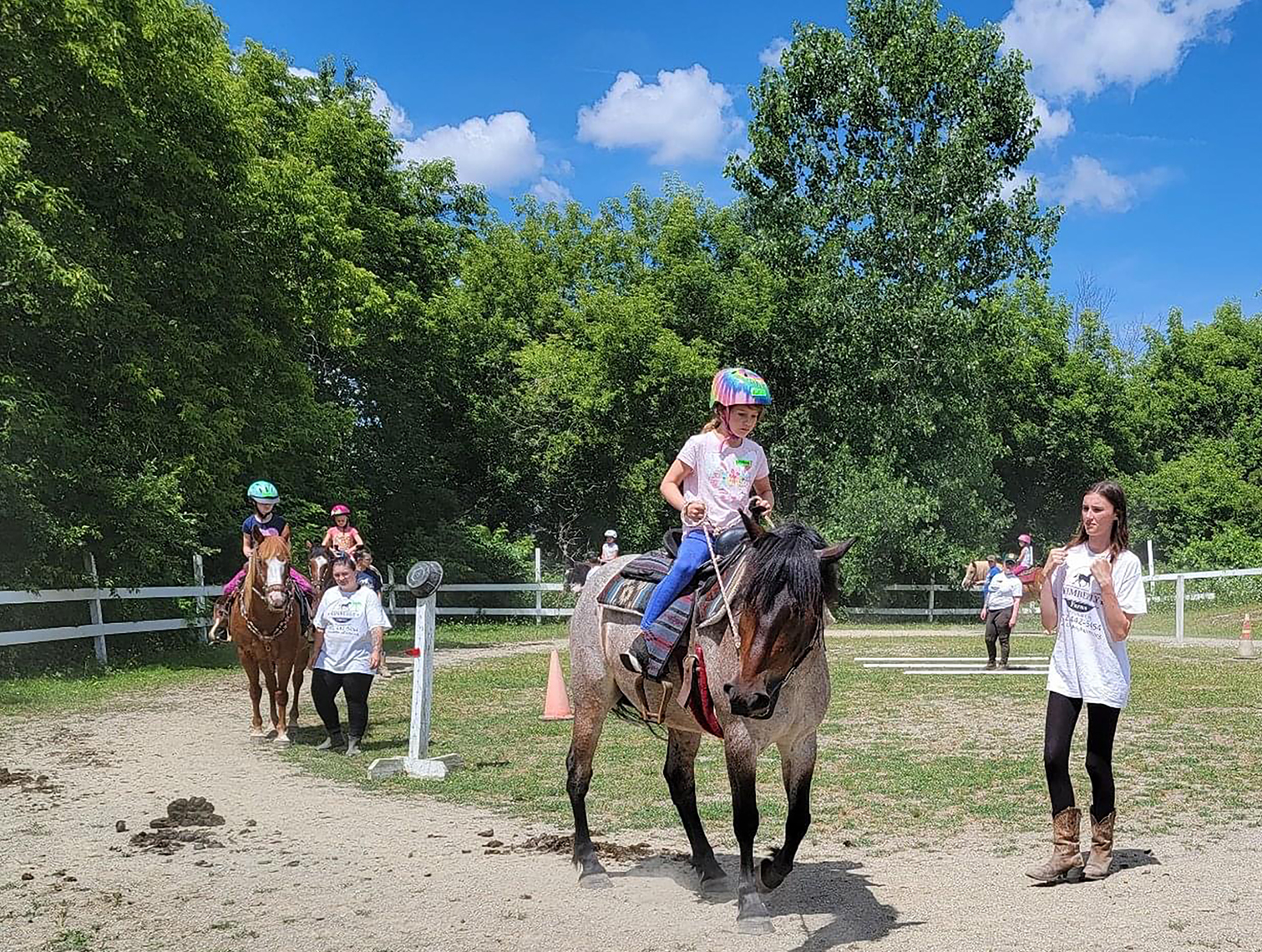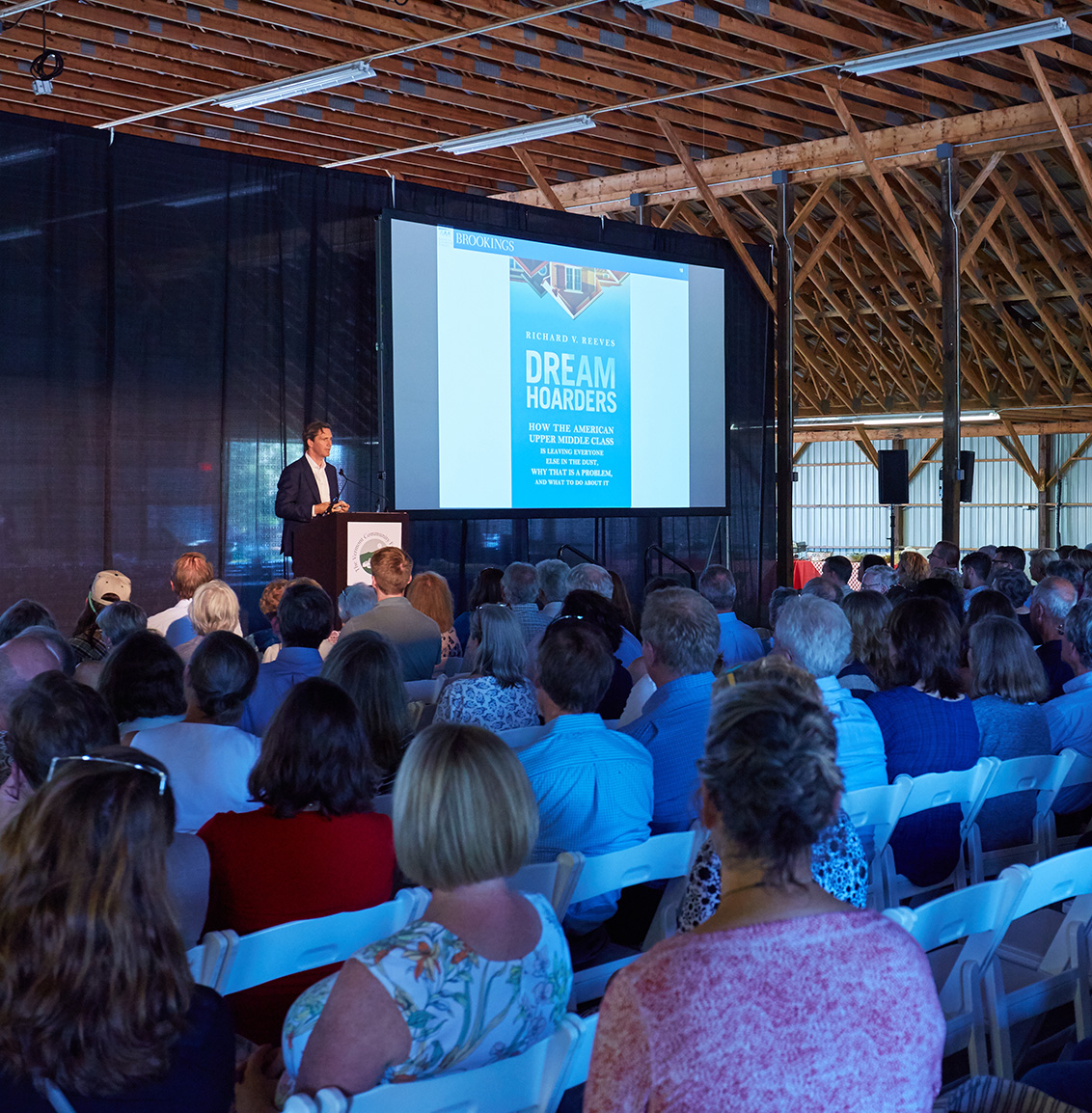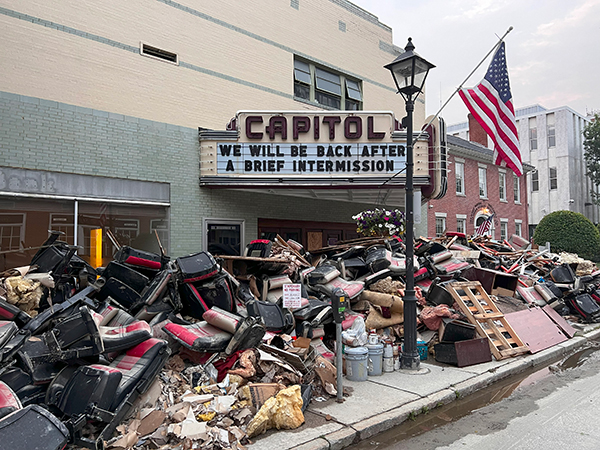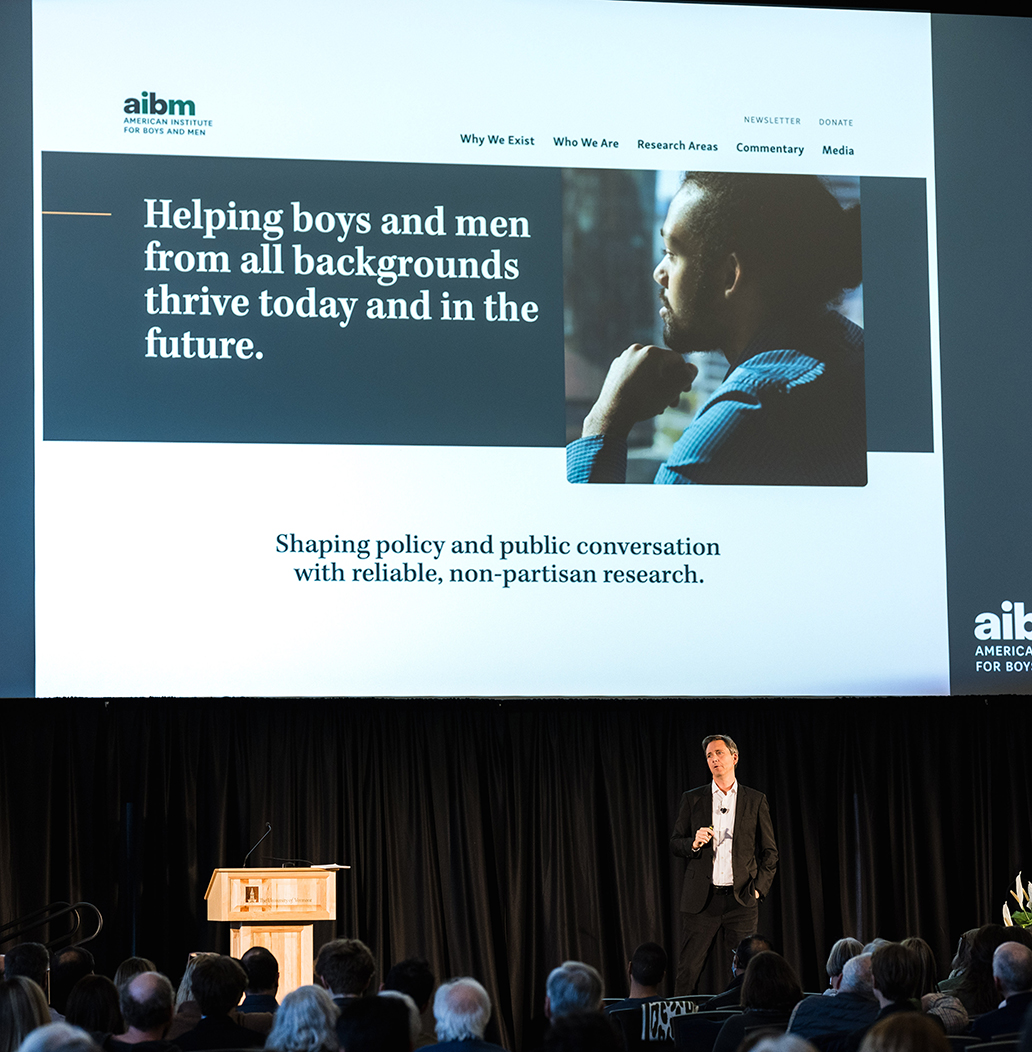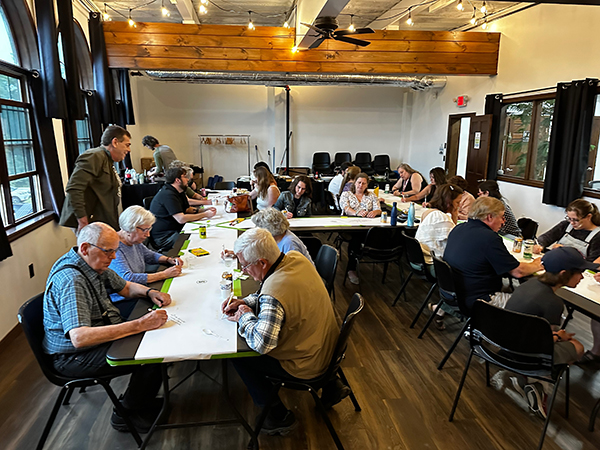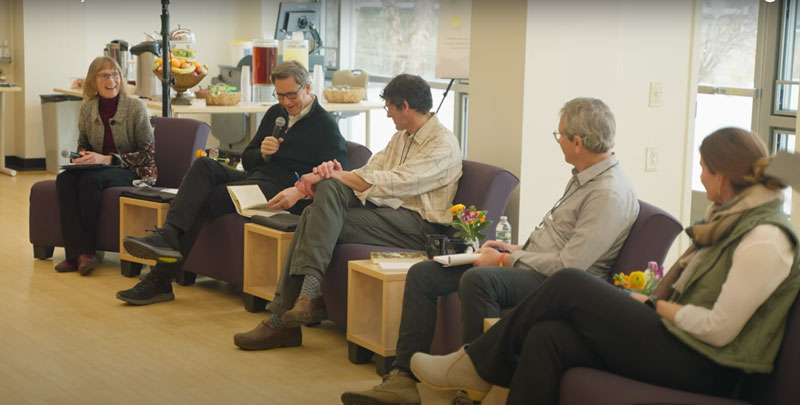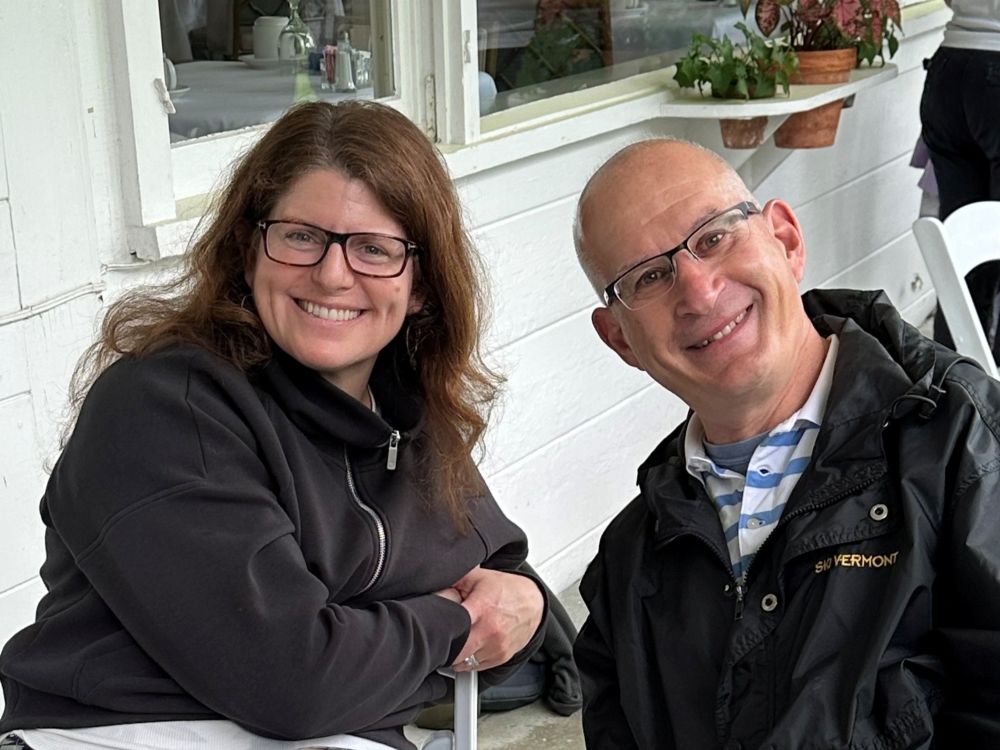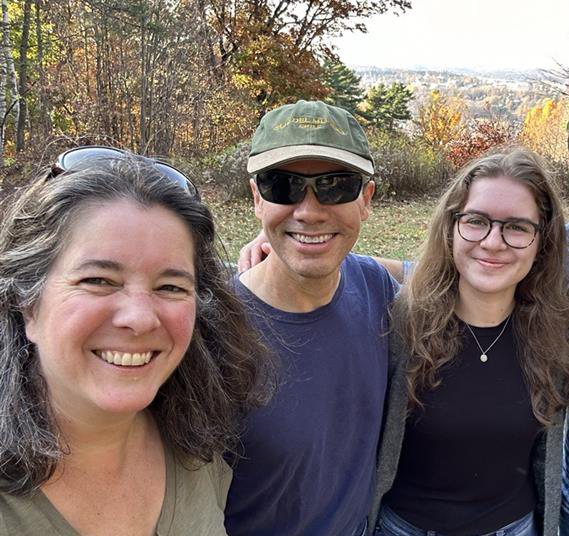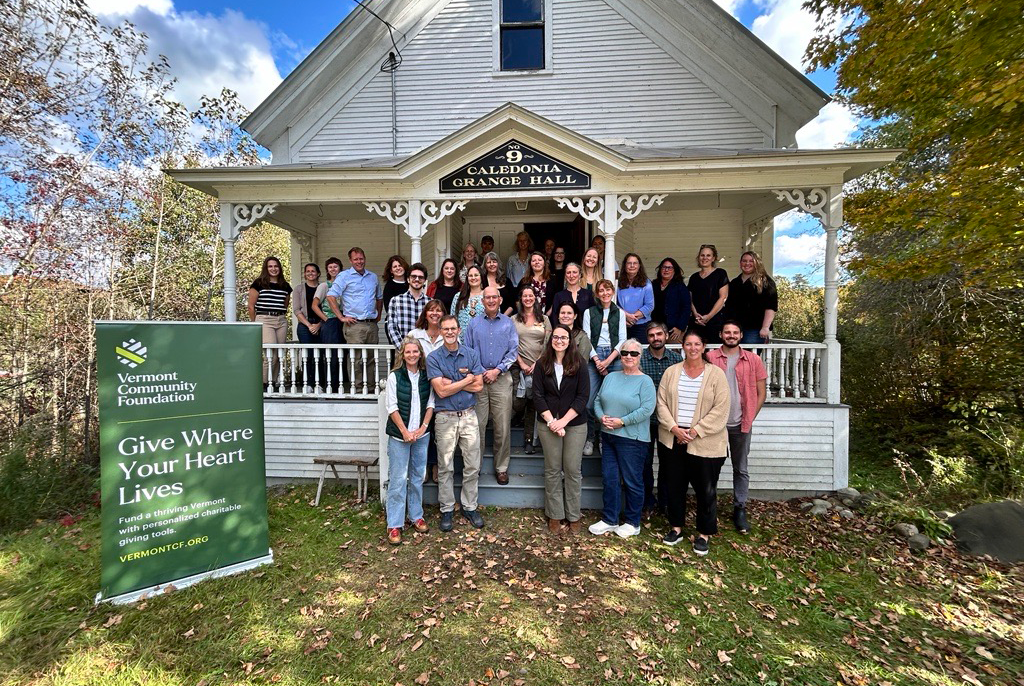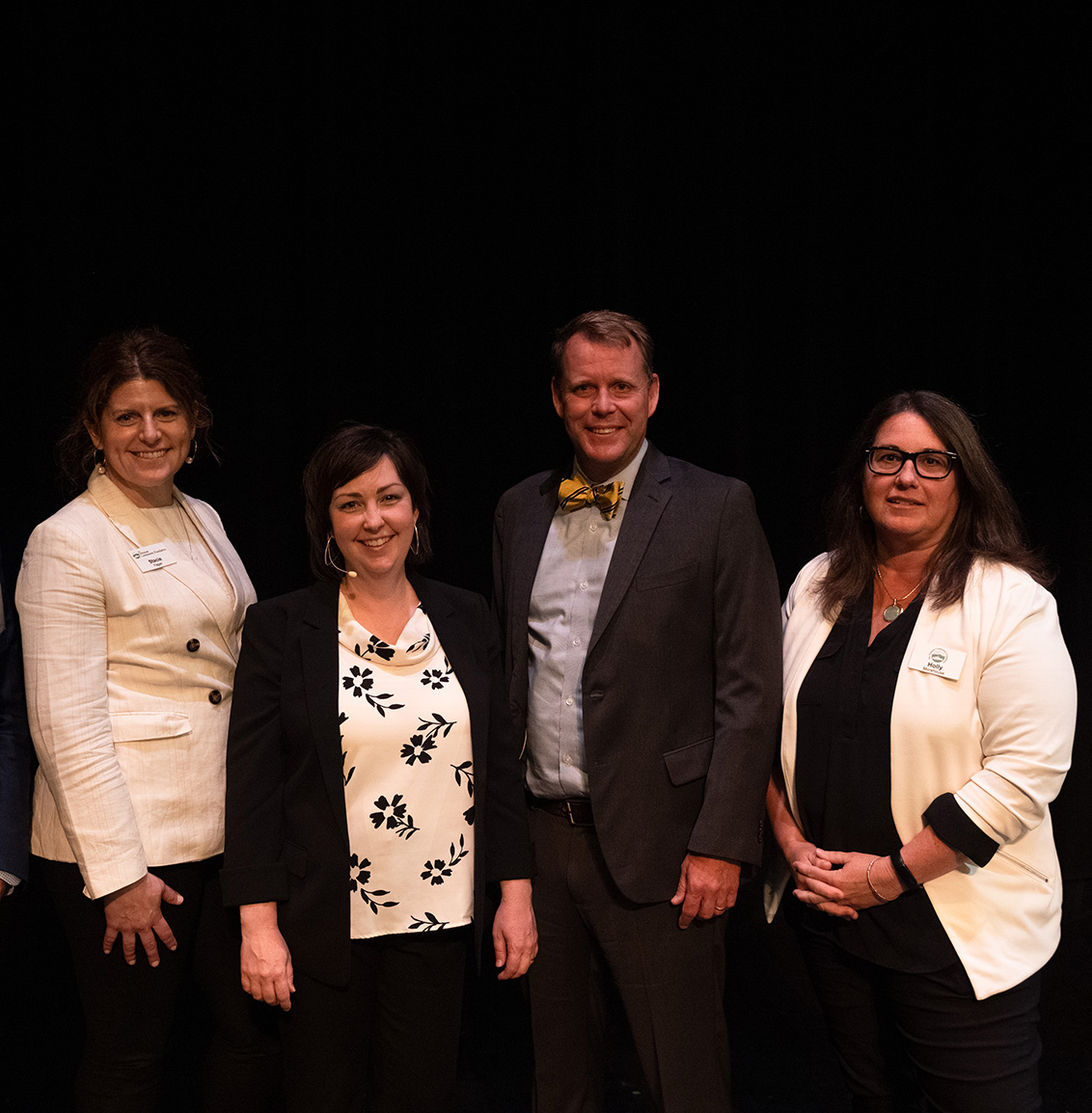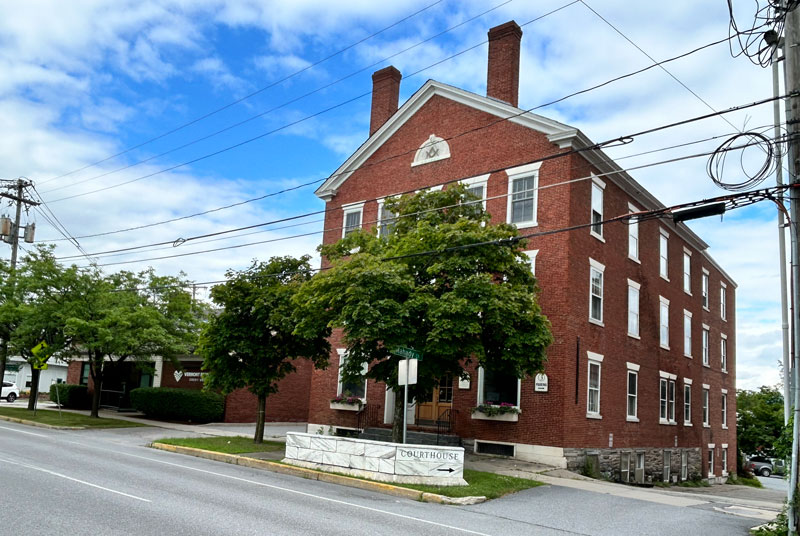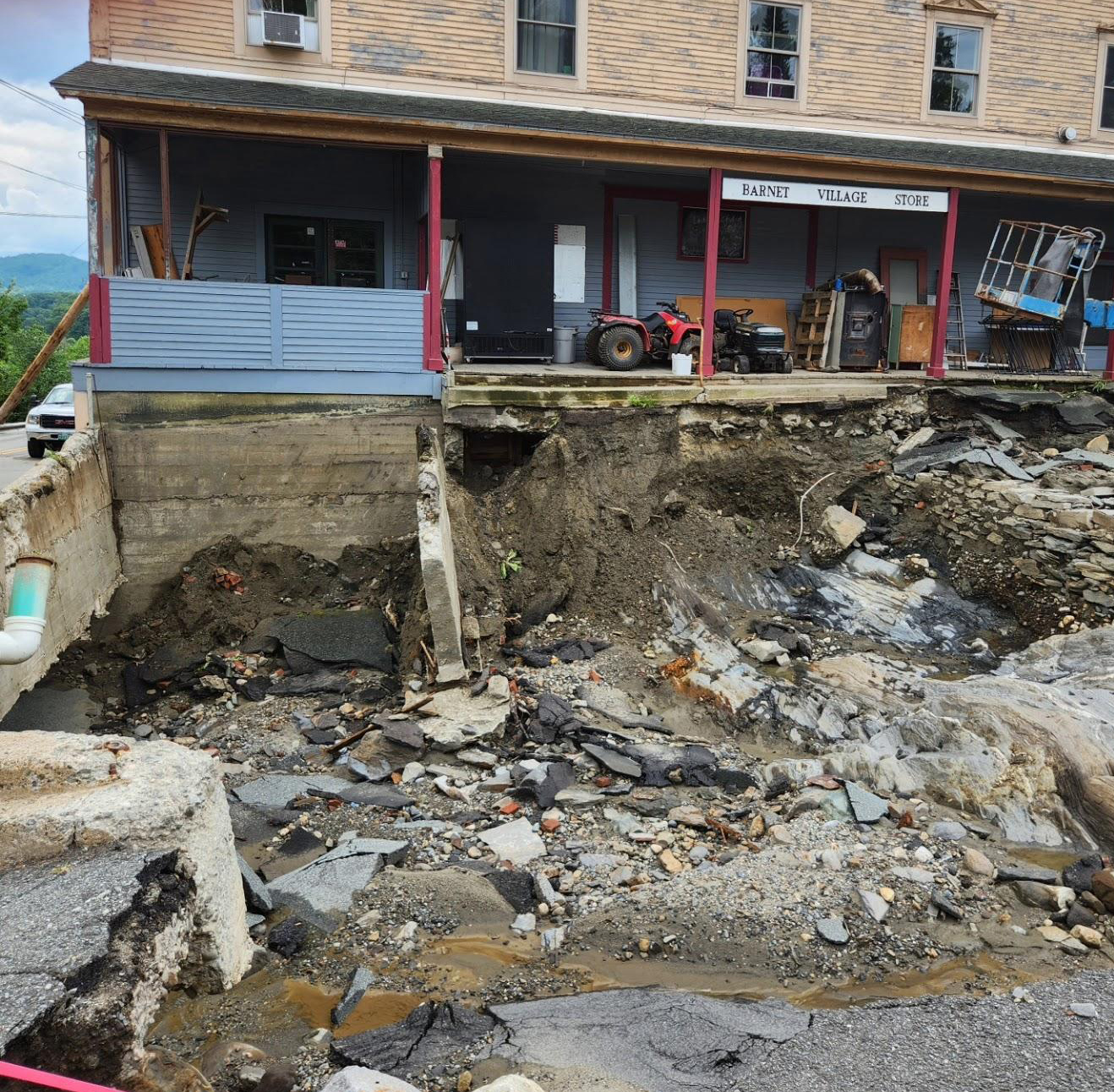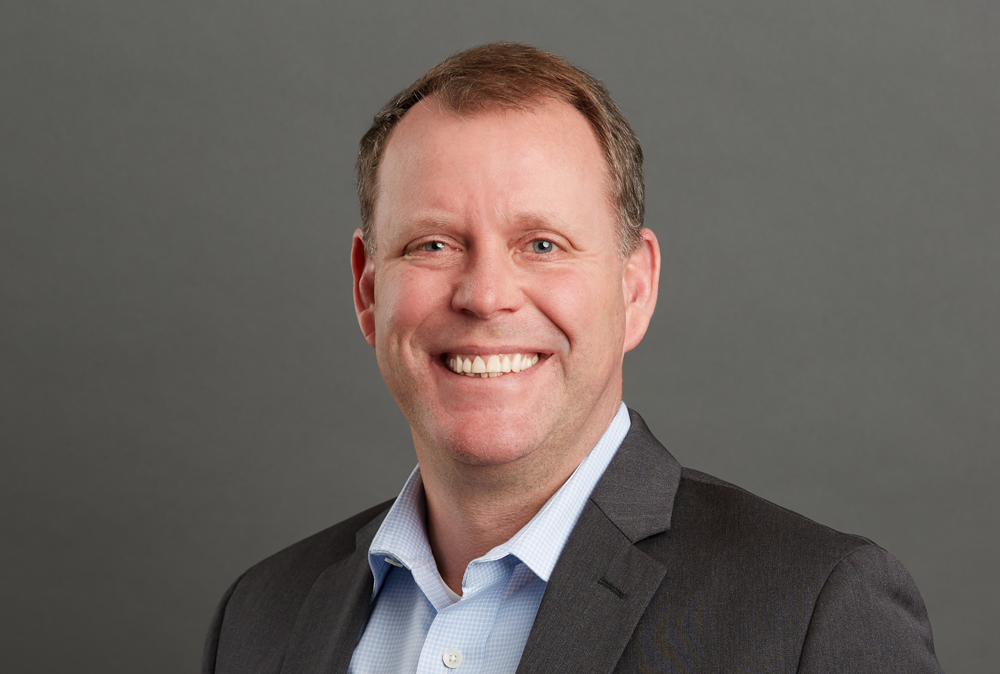At the VCF, we have always strived to be in the “hope” business. Giving is infused with hope, and the act of giving is core to sustaining Vermont’s potent sense of community. Hope also comes from having a plan. A plan requires an unvarnished reflection of what faces Vermont. After years of pandemic upheaval, economic strain, devastating floods, and now shrinking federal support, the future of Vermont communities feels more unstable than ever. Yet in that instability, there is also a degree of clarity about what can be done to help our communities survive and thrive.
Realistically, Vermont is old, small, and poor. Most of Vermont—12 of 14 counties—never recovered economically from the 2009 financial crisis. A fifteen-year downturn sets the stage for civic and social conditions that have only been accelerated by a pandemic, floods, and now, funding freezes, tariffs, and confusion.
The next few years are not going to be easy.
At some level, this was going to be true for Vermont regardless of the outcome of the last election. We were already facing the winddown of pandemic-era funding and the last earmarks steered by Senator Leahy. We already were wrestling with the expense and fragility of our education and health care systems, the impacts of inflation, and our lack of forward-thinking, deliberate action on demographics and housing. The federal administration has accelerated (and made more arbitrary and mean-spirited) a slowdown of investment that was already likely to be deep and consequential.
Healthcare is a good example. Medicaid changes will hasten the insolvency of our system. That system was already weighing on communities through its impact on school budgets and the cost of insurance in a way that compounded the economic pressure facing families. Everything becomes more fragile in an environment where federal resources are in decline and politicized.
The economic case for working and raising a family in Vermont has rarely been harder to make. As Vermonters, we must consider how strong our communities can be if people struggle to see a positive future. Our high school graduation rate has been in decline since 2017, and we continue to lag New England in that metric as well as in our college continuation rate. While Vermont saw a bump in people moving into the state immediately after the pandemic, we were one of only three states to lose population in 2023-2024, a distinction we share with Mississippi and West Virginia.
Over the past eight years, local giving—including the support that flows through the VCF from generous individuals and families—has helped sustain Vermont’s communities through a relentless series of disruptions, from a widening opportunity gap to pandemic isolation to devastating floods.
What we see coming will require focus and patience. The confusion and chaos caused by changing priorities of the federal administration taxes the fabric of strained communities. The best way to move forward is not by creating false hope but by discerning what is real. Too much energy is lost on speculation.
We see three orders of impact.
- First, organizations that are at risk of being largely—or fully—defunded will go away or be absorbed into the activities of other organizations.
- Second, organizations that are partially defunded and left on unstable footing will need to adapt by shifting programs and attention.
- Third, indirect policy impacts will be created as state funding gets reallocated when Montpelier adjusts to reductions in federal transfers, or when organizations like the Vermont Foodbank see tariffs drive up the cost of Canadian food that goes into the charitable food system.
We can’t underestimate human impacts of these impacts. Vermont’s community infrastructure is highly dependent on federal transfers along with a strong nonprofit sector, the latter on which the legislature has leaned to deliver services. Many of those organizations also have direct federal exposure.
As we look ahead, three things remain important:
- Focus on community-centered giving. People need to know that Vermont remains a place where neighbors look out for neighbors. Funders should not pivot away from giving that reflects their core values. Community is sustained by activities that build connections between neighbors, recognize what we share, and bring people together.
- Understand that clarity and progress both take time. Discernment and a focus on what we already know to be real—longstanding conditions that put community at risk—remains vital. Rapid decisions based on a partial understanding of shifting circumstances risk pulling attention away from more sustainable and strategic ways to strengthen communities. If overly quick decisions drive crisis-level grantmaking by fundholders, they will make permanent the loss of philanthropic capital tied to the market downturn.
- Trust in good partners. Wherever possible, support effective and aligned partners with operational funding. This allows for flexibility so grantees can meet the challenges they face, build capacity, plan effectively, and reimagine the infrastructure on which our communities rely.
No single organization can affect the core drivers of this turbulence. But the value of a community foundation is the ability to see across communities, regions, and sectors over time—to learn, to adapt, and to act. We need to help Vermont be clear-eyed about the human, economic, and community toll of recent actions as they intersect with conditions already endemic to Vermont communities.
Perhaps most important is sustaining our commitment to addressing those endemic conditions: fostering stronger communities through the creation of more homes, balanced demographics, pathways to a decent occupation, vibrant local media, and entrepreneurship and business development. We must battle isolation and loneliness, and foster community resilience in the face of a changing climate.
Culture is developed from the patterns of repeated behavior. Our focus must also support activities and organizations that bring people together, again and again, in shared experiences that sustain community—and especially those which include our neighbors who’ve been left out or left behind.
In Vermont, our most powerful lever is the way we come together across communities and push back against isolation and resentment. The act of giving is one of the ways we do so and remains a vital ingredient for adapting to whatever new norm is emerging.
![]()
Dan Smith
President & CEO
